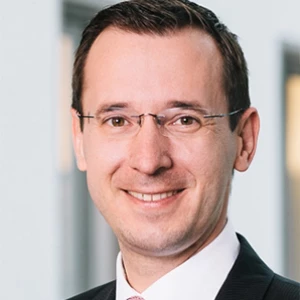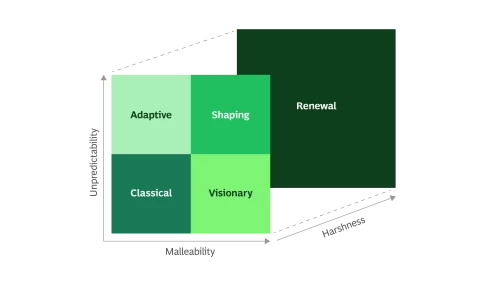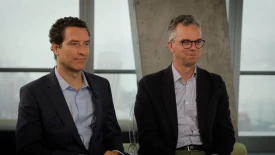Our Approach to Strategic Planning
The most effective approaches emulate four strategic planning best practices and deliver strategies with four essential characteristics.
- Explore strategy at multiple time horizons. The long, medium, and short term need to be addressed individually. Each demands different goals, stakeholders, and rhythms—and none should be ignored.
- Reinvent and stimulate and strategic dialogue regularly. It’s easy for a strategic planning process to fall prey to the law of diminishing returns. With too much repetition, the exercise can become stale. Leading practitioners inject inspiration and drive results by focusing on a changing set of strategic questions—and by redesigning processes that no longer fit the pace of the strategic environment.
- Engage the broad organization and beyond. Going outside the central strategy team to business leads, board members, agile teams, customers, and even suppliers can help avoid groupthink, boost preparedness and responsiveness, and lead to better strategy execution.
- Invest in execution and monitoring. Clear communication is essential, but so is an action-oriented mindset supported by the right capital allocation, organization, and metrics. Priority strategic initiatives need to be protected from the day-to-day and tracked on a shared performance dashboard.
Strategic Planning in an Agile Environment
Organizations are embracing agile ways of working, which accelerate results by giving teams significant autonomy. But autonomy without alignment can lead to chaos. If strategy alignment is hard in traditional settings, rapid strategic planning and continuous strategy re-alignment in fast-changing markets is even harder. BCG’s Scan, Orient, Decide, Act approach can help ensure teams are rowing in the same direction and provide critical feedback on weak signals that may suggest the strategy needs to be rethought.

Scan
Systematically scan the environment for opportunities and risks. Explore key trends and their impact on the rest of the business: customers, competitors, technologies, regulators, and investors.
Orient
Develop a strategic perspective to orient management in the shifting landscape of competitive advantage. Distill key issues, uncertainties, and future scenarios into a shared perspective on current and future sources of competitiveness.
Decide
Decide on a strategy. Align on and communicate the plan for how to win.
Act
Translate the strategy into priority actions and explain the strategic intent and assumptions. Launch the key initiatives required to realize the strategic objectives. Communicate the key assumptions underlying the strategy to enable a feedback loop.
BCG’s Client Work in Strategic Planning
Helping clients enhance their processes for developing winning strategies is an important part of our practice. For example, we helped:
Our Centers of Excellence
Explore Featured Solutions and Resources
Our Insights on Strategic Planning













